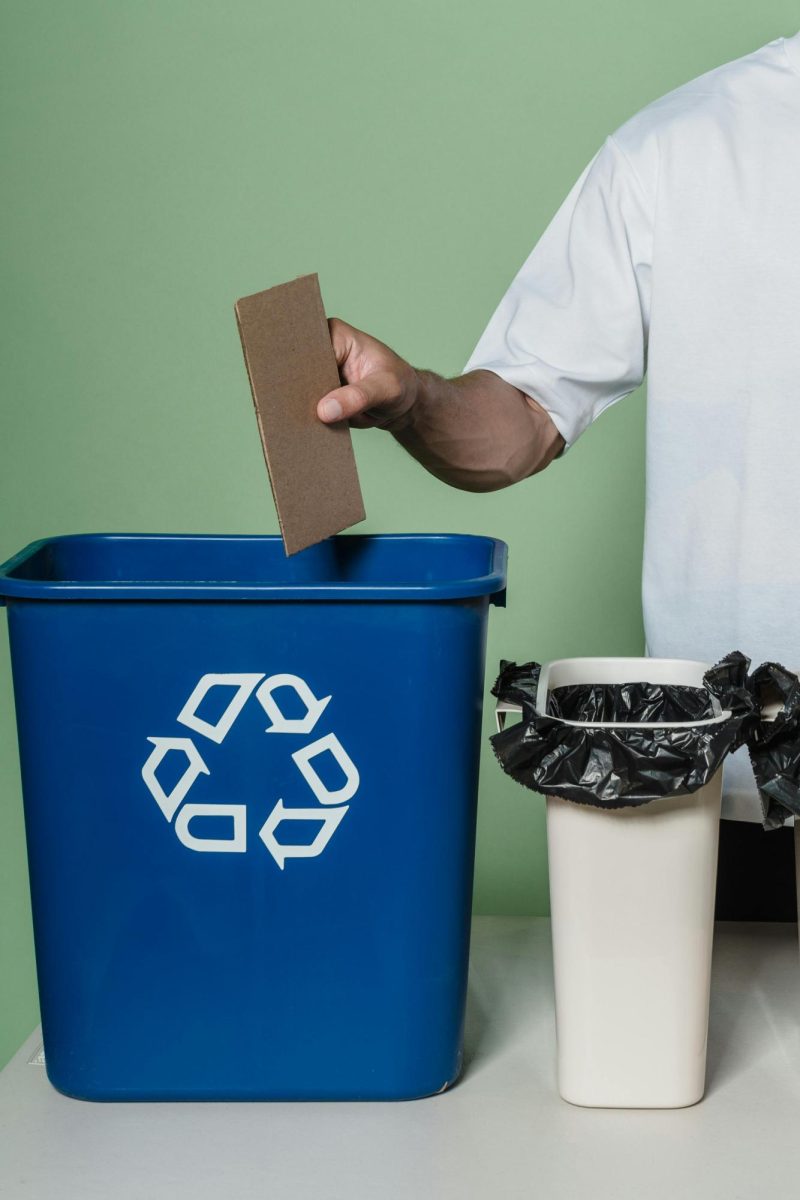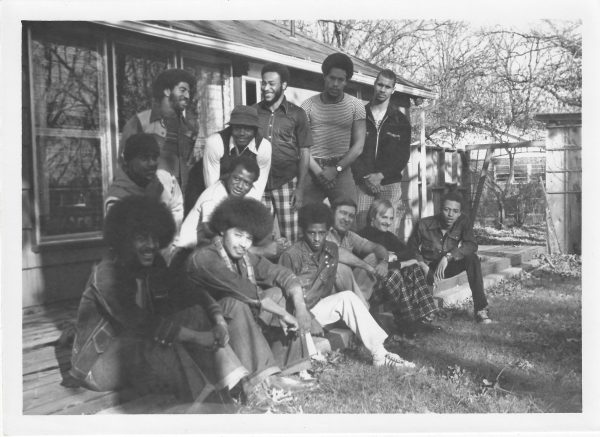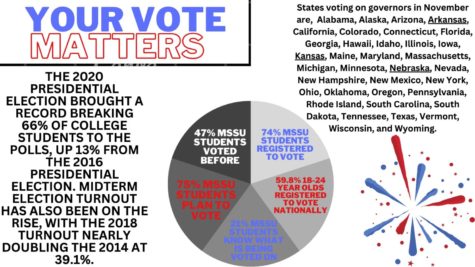Catfish business booms in Vietnam

Ba Kiet is a catfish farmer like many others on the Mekong River.
Chau Doc, An Giang Province:
At 7 a.m., Quang and I step onto a boat for a half-day sightseeing trip on the Mekong River. Even in this seemingly remote area of the planet just a few miles from the Cambodian border, the encroachment of Western culture is evident. A few boats down, I hear a prevailing bass-thump emanating from somebody’s stereo with an at-first unrecognizable tune blowin’ in the wind. It turns out to be a song by the apparently world-famous Kylie Minogue. Turning my attention to our captain, I see he’s sporting a trendy shirt with “Versace” stamped across the front.
One of my objectives on this ride is to learn about Vietnamese catfish production. This area is known for its catfish raised in cages in the river.
Why am I even remotely interested in such subject matter? I had vaguely heard of a controversy in the United States concerning the import of Vietnamese catfish prior to my trip, and I wanted to see for myself what was happening on the “other side.” What I learned on this and subsequent days to me represents the epitome of how some attitudes in Washington, D.C., and across the United States have caused the image of America in many places abroad to slide into the realm of the notorious.
Part 1: What’s in a Name?
The United States-Vietnam Bilateral Trade Agreement had barely gone into effect last November before members of Congress literally snuck in a packet of 35 amendments to the Agriculture Appropriations Bill for 2002 just before its passage. Many lawmakers, according to Sen. John McCain (R-Arizona), did not even bother to read them. One of these amendments bans the FDA from processing imported fish labeled “catfish” unless it has a specific Latin family name. Oddly enough, of the 2,500 recognized species of catfish in the world, the only one belonging to this family (Ictaluridae) is what we know in the United States as North American channel catfish, most commonly farmed in the Southern states of Arkansas, Mississippi and Alabama.
Not coincidentally, the origin of this amendment is in these states, with the strong backing of the American Catfish Association. This team went on a propaganda campaign that even the most tyrannical of governments would be proud of, accusing Vietnam of dumping tons of catfish on the U.S. market.
Extremely ironic is the group’s claim that catfish produced in the Mekong River are unhealthy because of pollution caused by Agent Orange used by the U.S. military (http://loper.org/~george/archives/2001/sep/73.html).
All of this uproar was over a product with about a 2-percent share in the U.S. market. McCain was a voice of reason, but his effort to remove the amendment, which ultimately did not ban the Vietnamese product but caused it to have to be renamed, failed. Speaking out in Congress, McCain (himself a POW in Hanoi during the war) pointed out the damage of this nearsighted protectionism: the price of catfish increases for Americans while Southern agribusinesses and their lobbyists get rich, while at the same time the United States clearly violates the BTA.
Even worse are the implications for relations in general between the two countries that had been on the mend for years.
This is especially true if you consider an advertisement pointed out by McCain which ran in the trade weekly Supermarket News, which told readers to “Never trust a catfish with a foreign accent!” and, “Those other guys probably couldn’t spell United States even if they tried.”
(For the full text of McCain’s speech, see http://www.vietventures.com/mccain_catfish.htm)
Part 2: I’ll have the braised basa with snow peas and a glass of your best chardonnay.
Back on the river, we dock next to a row of floating buildings, all with catfish being raised in the water below.
Each cage is 16X6 meters, and 6 meters deep. They hold about 60,000 fish, each weighing about one kilogram at harvest. This business is owned by a prosperous fisherman named Ba Kiet, who shows us around his operation.
He has been raising fish for 20 years, and in 2000 he switched from trout to basa, the Vietnamese name for this breed of catfish and the one that must now be used in labeling instead of “catfish” if it is to be allowed into the United States. His first basa harvest in 2000 was a success, but the second one was poor due to market conditions and heaving flooding in the Mekong Delta. The current crop is in the midst of its six to seven month growing period. Two of his employees are preparing lunch for the fish: a hot mixture of ground feeder fish and rice meal. The basa can smell it; for a moment it looks like they are going to jump right through the square opening in the floor where they are fed.
When harvested, these fish will be boated live down river to the Agri-Fish frozen factory and prepared for export. If this crop is a success, Ba could sell 60-70 tons of basa to the market.
A friendly and seemingly content man, he tells me he is aware of what has taken place in the United States and is upset and worried about his livelihood. Yet in true Vietnamese fashion, he maintains his optimism. The argument, he says, is only between the two competing fish industries and hopefully will not damage the progress made possible by the BTA. His argument is simple: Vietnamese catfish should be accepted under that name, and it should be cheaper since it is less expensive to produce in Vietnam.
He says he is sympathetic toward U.S. fishermen, but, like the Vietnamese, they should be flexible and switch to a different variety of fish if they are having trouble in the market (just as he did by switching from trout to catfish). He also chuckles when considering how, after all the tumult caused by the U.S. catfish lobby, Vietnamese basa is finding a niche in more upscale U.S. restaurants where “catfish” is nowhere to be found on the menu.
As we depart this floating farm, I am hit with yet another bit of irony.
Stacked against a wall are bags of feed that Ba says is used as a supplement for his stock. Upon closer inspection, I see that the manufacturer is Cargill, a supplier from the United States.
Your donation will support the student journalists of Missouri Southern State University. Your contribution will allow us to purchase equipment and cover our annual website hosting costs.



























